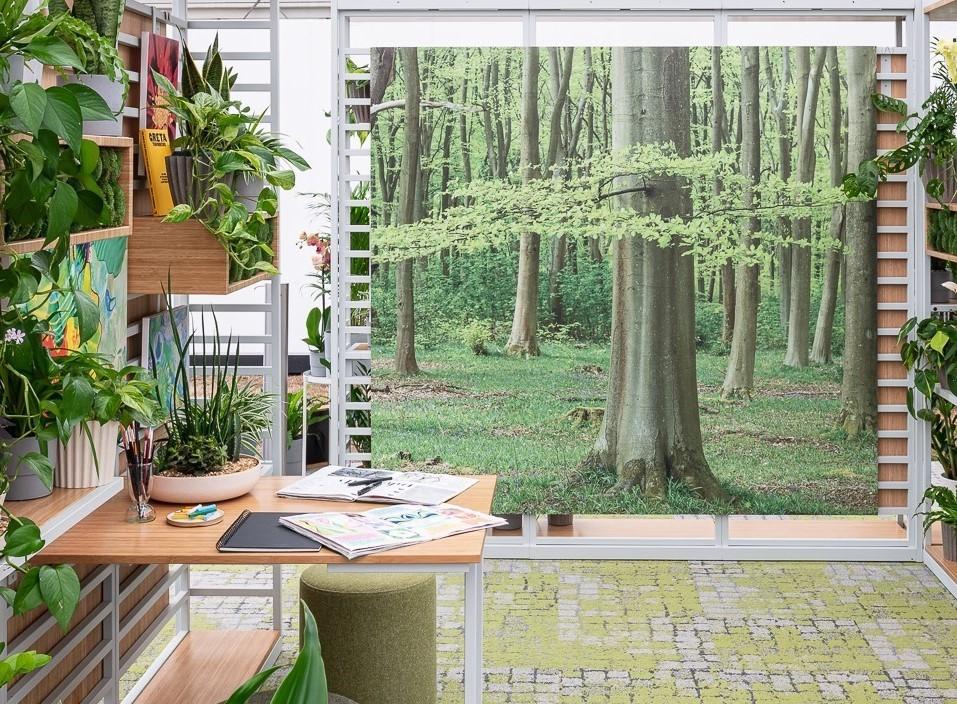Hybrid Classrooms: Top design Strategies for Maximum Flexibility
Are you searching for effective ways to design hybrid classrooms that accommodate both in-person and remote learners? As technology continues to revolutionize education, hybrid classroom design is a top priority for educators and school administrators worldwide. This comprehensive guide reveals the best design strategies for creating hybrid classrooms that promote maximum flexibility, student engagement, and effective learning outcomes.
What Is a hybrid Classroom?
A hybrid classroom blends face-to-face instruction wiht online learning, allowing students to participate either on-site or virtually—often, in real-time. This innovative model maximizes flexibility, inclusivity, and access to high-quality education. With the right design strategies,hybrid classrooms can foster collaboration,cater to diverse learning needs,and prepare schools for an unpredictable future.
Why Flexible Hybrid Classroom Design Matters
As the education landscape rapidly evolves, flexibility has become a non-negotiable element. A well-designed hybrid classroom is not just about installing a camera and streaming lessons. It’s about rethinking the physical and digital surroundings to make learning seamless, interactive, and adaptable for every student.
Key Benefits of Flexible Hybrid Classrooms
- Enhanced accessibility: Students can learn from anywhere, overcoming barriers like commuting or medical challenges.
- Personalized learning: Technology allows for individualized pacing,resource access,and feedback.
- Future-readiness: Flexible setups prepare institutions for emergencies, growth, or changing priorities.
- Resource optimization: Smart, multi-use spaces can serve a variety of needs and save costs.
Top Design Strategies for Maximum Flexibility in Hybrid Classrooms
Below,we break down the essential strategies educators and designers can use to optimize both learning and teaching experiences in hybrid classrooms.
1. Implement Adaptive Furniture and layouts
- Modular Furniture: Use chairs, desks, and tables on casters for easy rearrangement. Enable rapid transitions between individual, group, and remote-focused configurations.
- Zoned Spaces: designate specific areas for different activities—collaboration,independent work,and virtual engagement.
- Multipurpose Surfaces: Whiteboards and pinboards that can move with students or be shared with remote peers facilitate interaction for all.
2. Prioritize Robust technology Integration
Technology is at the heart of every hybrid classroom. To ensure a smooth experience:
- High-definition cameras: Ensure remote students clearly see the teacher,board,and classmates.
- Wireless microphones and speakers: Make classroom dialog accessible for all students, eliminating the on-site/online divide.
- interactive displays: Smartboards and touchscreens that can be shared virtually for enhanced participation.
- Strong wi-Fi infrastructure: Reliable connectivity is a must. Invest in bandwidth and coverage upgrades.
- Easy device charging: Provide global charging stations for laptops, tablets, and othre devices.
3. Flexible Lighting and Acoustics
- Adjustable lighting: Use dimmable lights to reduce glare on screens and cameras, enhancing visibility for all students.
- Sound management: Install acoustic panels or carpets to minimize echo and external noise, supporting better audio for online participants.
- Window coverings: Blackout blinds or shades help control sunlight for video clarity.
4. Establish Seamless Digital Integration
Bridging physical and virtual environments requires:
- Unified Learning Platforms: Choose a learning management system (LMS) that supports live sessions, file sharing, and interactive assignments.
- Digital collaboration tools: Platforms like Google Workspace or Microsoft Teams facilitate group work and interaction.
- Consistent user experience: Ensure clear instructions and intuitive tools for both in-person and virtual attendees.
5. Provide Training and Support for Teachers and Students
- Ongoing professional advancement: Equip teachers with the skills and confidence for dynamic hybrid instruction.
- tech support on demand: Troubleshooting resources must be available for students and staff.
- Student orientation: Walk students thru platforms and devices for a smooth start.
Best Practices for Designing Future-Ready Hybrid Classrooms
- Start with clear objectives: Define what flexibility looks like for your institution and design your spaces around those goals.
- involve stakeholders: Gather feedback from teachers, students, IT professionals, and facility managers.
- Prioritize health and safety: Factor in ventilation, cleaning protocols, and space to reduce crowding.
- Test and iterate: Pilot your classroom design, gather data on engagement and participation, and refine as needed.
- Design for accessibility: Use furniture, tech, and software that support diverse learners and those with disabilities.
Firsthand Experience: Hybrid Classroom Success Stories
Let’s take a look at how flexible hybrid classroom design has transformed learning for real institutions:
Case Study 1: The Agile Learning Hub
At a leading international school, administrators invested in fully modular classrooms. Students and teachers could reconfigure their learning space daily—forming small clusters or open seminar circles. High-tech cameras auto-tracked the teacher, ensuring remote students never lost sight of key content.
- Result: Higher online participation and increased satisfaction among both groups.
Case Study 2: Community College Embraces Tech Integration
When a community college expanded its hybrid offerings, it standardized classrooms with interactive displays, document cameras, and a dedicated “remote learning zone” in each space.Faculty received in-depth training on new instructional techniques.
- Result: The college saw a 25% enhancement in virtual student engagement and reduced faculty tech-related stress.
Tips for Teachers: Maximizing Hybrid Classroom Flexibility
- Plan lessons for all participants: Use strategies that encourage both online and in-person students to collaborate.
- use digital hand-raising and chat tools: allow remote voices to be heard as easily as those in-class.
- Record sessions: Make learning accessible for students who can’t attend in real-time.
- Solicit regular feedback: Use quick polls or surveys to spot and resolve engagement gaps.
Conclusion: Designing Hybrid Classrooms for Tomorrow’s learners
Hybrid classroom design strategies are the keys to unlocking education’s potential in a rapidly changing world. By investing in adaptive furniture,robust technology,and seamless digital integration,schools and universities can deliver equitable,engaging,and future-proof learning experiences. As the case studies above demonstrate, flexible hybrid learning environments don’t just support students—they empower educators, streamline operations, and expand access far beyond the walls of a single building.
ready to future-proof your school’s learning spaces? Use the strategies, tips, and best practices in this guide to create flexible hybrid classrooms that inspire success in any circumstance.

